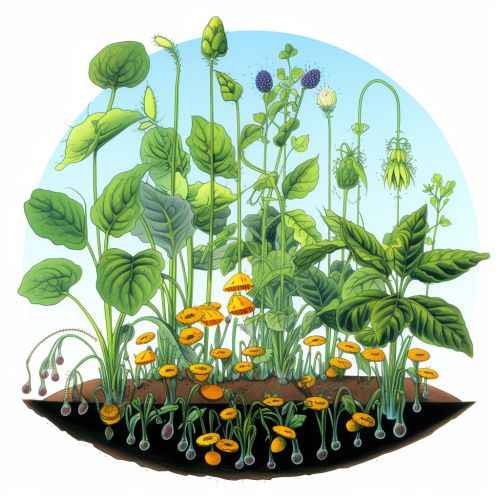Phloem
Overview
Phloem is a type of vascular tissue found in plants, responsible for the transport of organic nutrients, particularly sucrose, from where they are produced (the leaves) to where they are needed or stored (the roots, stems, and fruits). This process is known as translocation. Phloem is an integral part of the plant's anatomy and plays a crucial role in its growth, development, and overall survival.

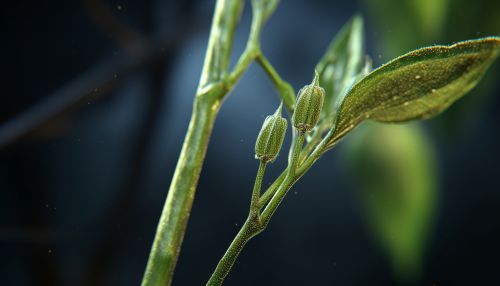
Structure
Phloem is composed of several types of cells: sieve elements, companion cells, phloem parenchyma, and phloem fibres. The primary components are the sieve elements and companion cells.
Sieve Elements
Sieve elements are the main conducting cells in phloem. They are elongated, thin-walled cells, which form a continuous system of tubes running through the plant. The end walls of these cells have sieve plates, which have pores to allow for the movement of substances.
Companion Cells
Each sieve element is associated with a companion cell. These cells are responsible for loading and unloading sugars into the sieve elements, and they aid in the regulation of the metabolic activities of the sieve elements.
Phloem Parenchyma
Phloem parenchyma cells are involved in the storage and transport of nutrients, and they also play a role in the plant's defense mechanisms.
Phloem Fibres
Phloem fibres, also known as bast fibres, provide support to the plant. They are generally found in the outer part of the phloem and are particularly abundant in plants with secondary growth.
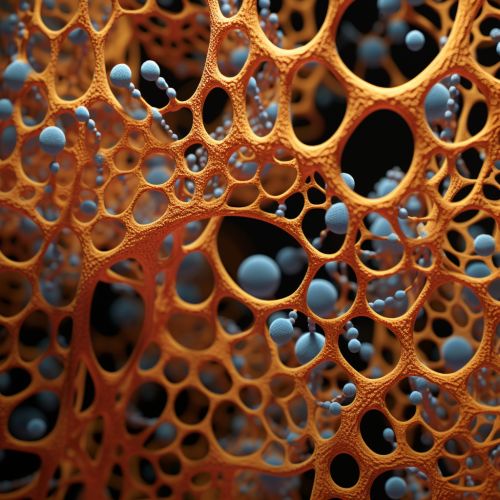
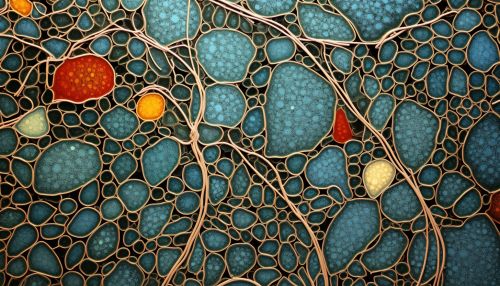
Function
The primary function of phloem is the transport of soluble organic material made during photosynthesis. This process, known as translocation, is essential for the distribution of nutrients to all parts of the plant.
Translocation
Translocation in phloem involves the movement of solutes from a source, usually the leaves where photosynthesis occurs, to a sink, such as the roots, stems, or fruits. The process is driven by pressure flow, facilitated by the osmotic pressure differences between the source and sink.
Storage
In addition to transport, phloem also serves as a storage medium for nutrients. These nutrients can be mobilized and transported to other parts of the plant as needed.
Signaling
Phloem also plays a role in plant signaling. It transports signaling molecules, such as hormones and RNAs, which regulate plant growth and development, and response to environmental stimuli.

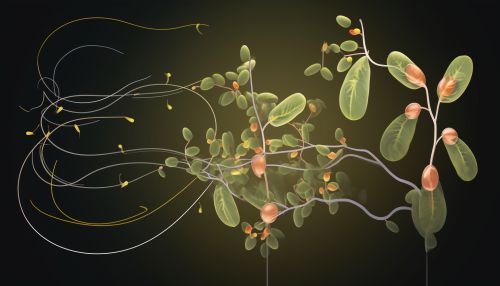
Phloem Loading and Unloading
Phloem loading refers to the process by which sugars are moved into the phloem for transport. This process is facilitated by companion cells. Once in the phloem, the sugars are transported to the sink tissues, where they are unloaded and used or stored.
Loading Mechanisms
There are two main mechanisms of phloem loading: symplastic and apoplastic. Symplastic loading involves the movement of sugars through plasmodesmata, while apoplastic loading involves the movement of sugars across cell membranes.
Unloading Mechanisms
Unloading can occur either symplastically or apoplastically, similar to loading. The mechanism used depends on the type of sink tissue and its developmental stage.
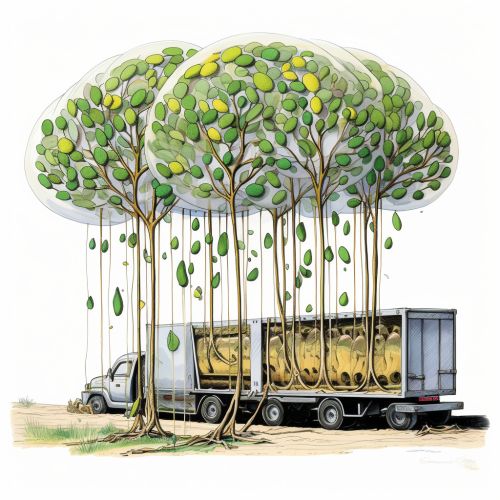
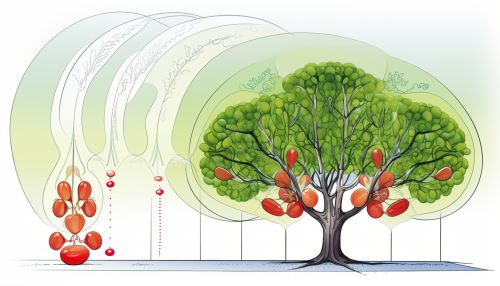
Phloem in Plant Defense
Phloem plays a crucial role in plant defense. It serves as a conduit for the transport of defense signals and compounds, and its structure and function can be altered in response to pathogen attack. Phloem parenchyma cells, in particular, are involved in the synthesis and storage of defense compounds.
